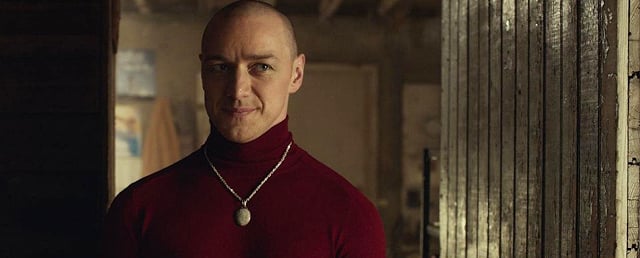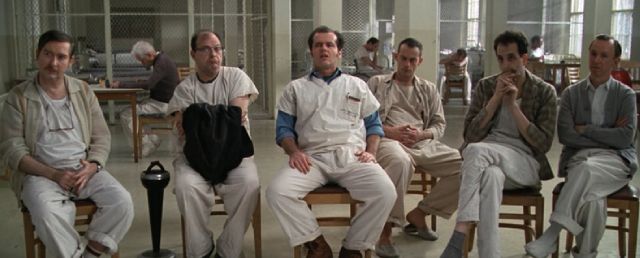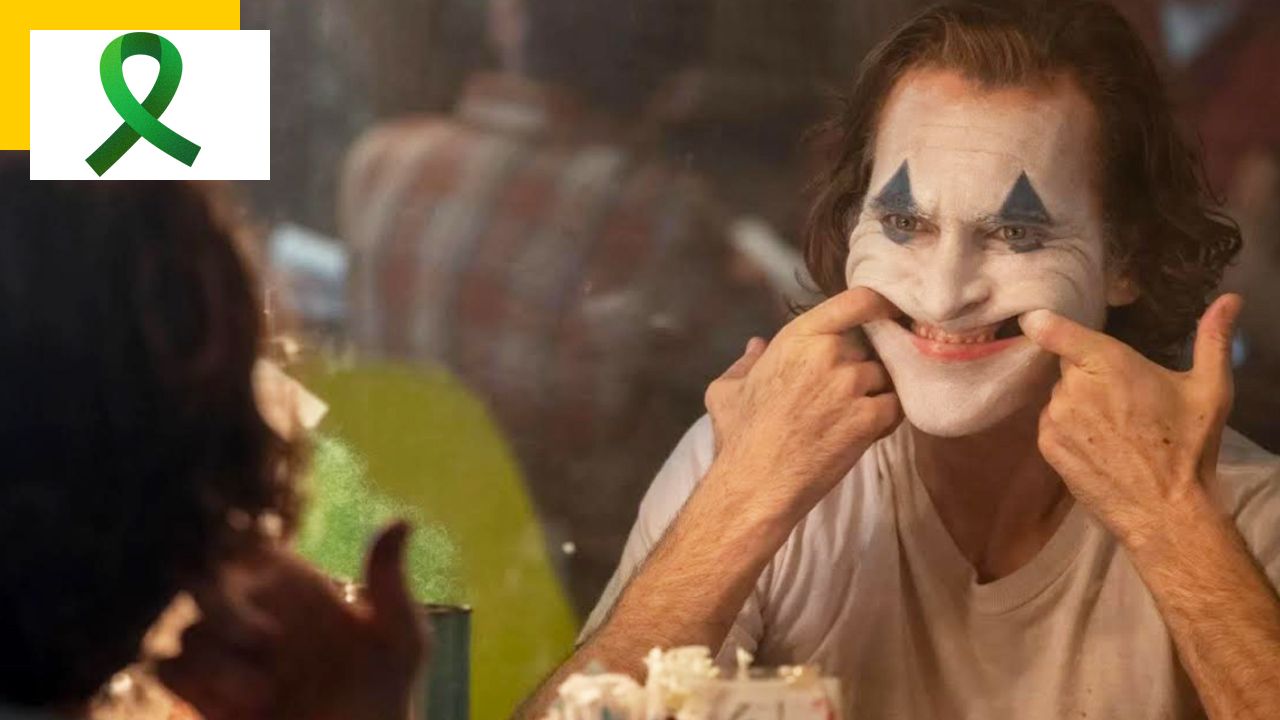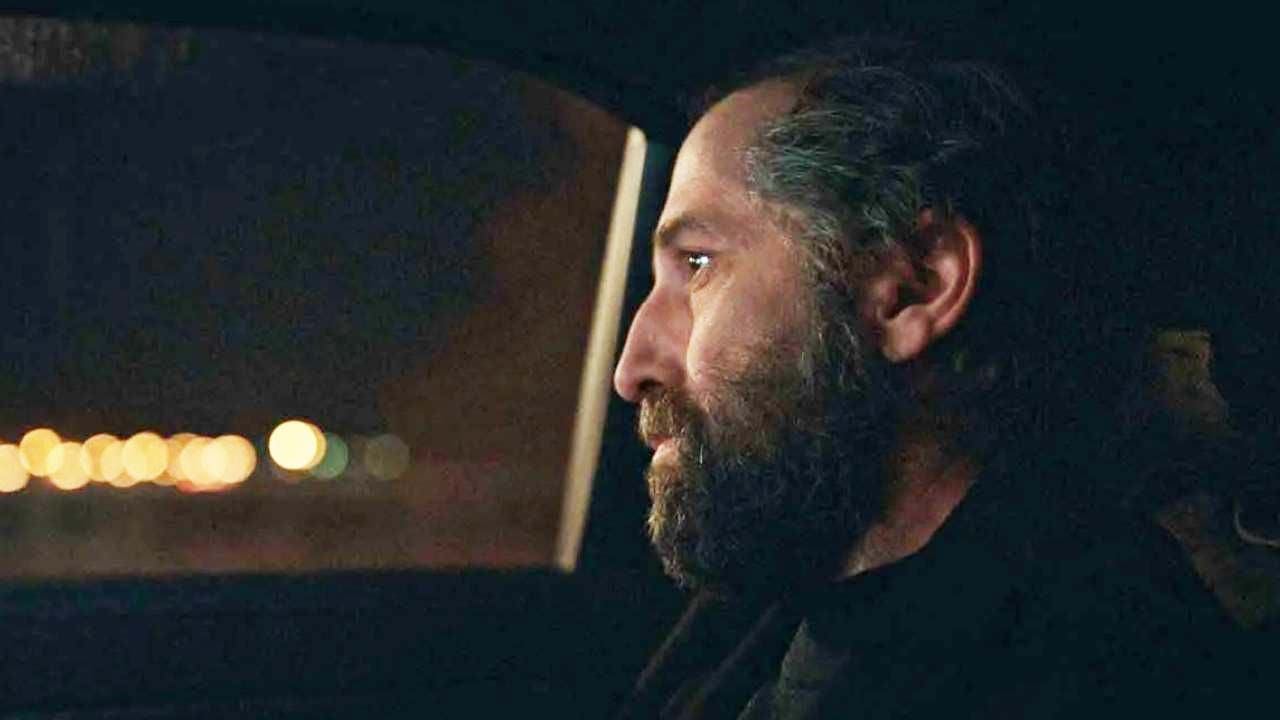They inspire admiration, but also fear. In cinema, especially horror and thrillers, complex personalities make great heroes. Norman Bates in Psycho, Hannibal Lecter in Silence of the Lambs, Kevin in Split or even different variations of the Joker to name a few. Iconic antagonists, they have one thing in common: they all have a psychiatric disorder.
In fiction, mental illnesses die hard. This is mostly in literature, but especially in cinema. Image remains the most powerful medium. Negative representations affect the perception of the audience, promote clichés and prejudices. Those who pay dearly are the patients themselves. We have been talking for several years Psychophobia – In other words, the stigmatization of mental disorders.
The link between mental illness and violence is pure fantasy.
This negative perception starts from the beginning of cinema. It was created by Edwin Stanton Porter in 1904 Maniac Chase – by inventor Thomas Edison. The film, which lasts 8 minutes, opens with a patient locked in a prison cell dressed as Napoleon. You have to wait a few seconds before the scene turns violent. The character attacks the nurse before being subdued by prison staff.
“The connection between mental illness and violence is pure fantasy.”, recalls Christophe Debien*, a hospital psychiatrist at Lille University Hospital. “This is one of the main consequences of visual representation in cinema.” Remember, at the end of Alfred Hitchcock’s Psycho, the psychiatrist acquits Norman Bates of his crime by diagnosing his patient. But This is confirmed by the studies of many American researchers : Psychiatric disorders in no way contribute to dangerous acts.
Norman Bates (Anthony Perkins) in Alfred Hitchcock’s Psycho.
Why does it remain such a cliché? The answer is simple: rationalize the unthinkable. “It’s hard to accept that as human beings, with no other explanation than illness, we could kill someone.”, explains Christophe Debien. “We prefer to stick to these ideas, that’s for sure.”
The representation of mental illness in cinema also causes confusion. Dissociative identity disorder, multiple personality, schizophrenia… all these pathologies are often mixed up in the same condition. Words are used indiscriminately.
Some of the symptoms that are repeated in the movies are even inaccurate. like division by M. Night Shyamalan. The existence of a case like that of the character Kevin – who has 24 personalities – is relatively rare and just an excuse for a blockbuster movie.

Kevin (James McAvoy) in M. Night Shyamalan’s “Split.”
When Arthur imagines his neighbor’s presence throughout Joker By Todd Phillips It’s cliché again. We find it in many films like Black Swan, Repulsion, Donnie Darko…”We cannot blame screenwriters for not studying medicine.”Christophe Debien agrees. “Imagery is important, so a visual hallucination is an easy shortcut.”
In schizophrenia, we will mainly talk about acoustic-verbal or auditory hallucinations – hearing sounds, voices. A symptom that Lodge Kerrigan’s film Clean Shaved captures perfectly.
Looking back, some actors and actresses regret their interpretation and the false ideas they inadvertently planted in the public’s mind. This is the case of Glenn Close, who is busy raising awareness about mental health issues. In 1987, she played the lead role in Fatal Liaison, portraying Alex Forrest, an emotionally dependent woman who refuses to take her married man back.
Does a character really need to have mental illness to be a good villain?
This character is considered one of the greatest villains of American cinema today. However, the American star regrets that the film played a major role in stigmatizing mental disorders by turning her into a monster. “I never imagined her as a villain, just a damsel in distress“, he claims Vanity Fair. If he had it to do over again, Glenn Close explains, he wouldn’t play it the same way.
These sensational performances carry several risks. They can contribute to isolation and the poor self-image that affected people have of themselves. “First of all, they can distance themselves from the care they needChristophe Debien warns. In Miloš Forman’s classic One Flew Over the Cuckoo’s Nest, health care workers and psychiatrists are portrayed as the enemies of patients.

Still from Miloš Forman’s One Flew Over the Cuckoo’s Nest.
To change the situation, it’s not about denying the freedom to create stories. Christophe Debien argues: We must not confuse censorship with caution: “Far be it from us to set limits, but to remind writers to be vigilant and question: Does a character really need to have mental illness to be a good villain?”
Another solution is to carefully surround the release of the film by organizing various debates and conversations around the studied topics. Just remember that the irregularities visible on the screen are not representative of reality.
Commentaries collected by Thomas Desroches.
Going further – mental illness in cinema, these films that speak well:
- Clean shaven By Lodge Kerrigan
- Good Will Hunting Gus Van Sant
- The sun is very close to Brook Carneil
- Audrey Estrugo to the point of madness
- Finding Charlie by Steven Chbosky
- Still Alice by Richard Glatzer and Wash Westmoreland
- A Stolen Life by James Mangold
*Christophe Debien is a practitioner specializing in psychiatry at Lille University Hospital. He is the author of the book Our heroes are sickPublishing House Publishing House humanitarian sciences. He is also the co-creator of the YouTube channel PsyLab which popularizes the world of psychiatry through films and series.
Source: Allocine
Rose James is a Gossipify movie and series reviewer known for her in-depth analysis and unique perspective on the latest releases. With a background in film studies, she provides engaging and informative reviews, and keeps readers up to date with industry trends and emerging talents.







